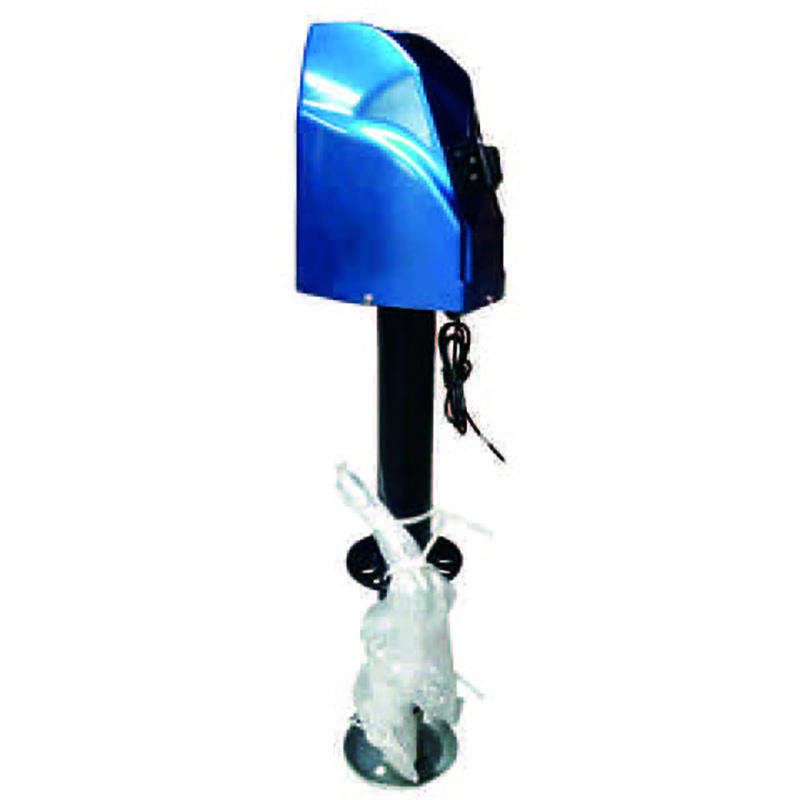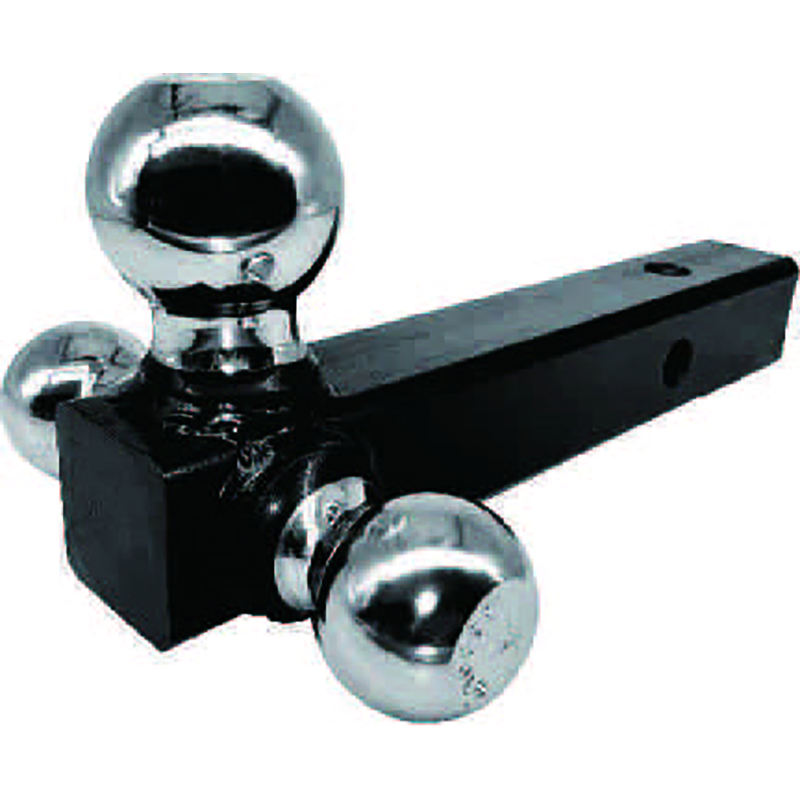Dynamic Static Pressure Spindle
A Dynamic Static Pressure Spindle (DSPS) has a rotor body that expands and contracts in response to a force applied. Adapter shanks and aerostatic floating ring seals complete the design of a DSPS. The frequency bandwidth of a DSPS is shown in Figure 5B. The lower amplitude is 10 mm and the highest amplitude is 250 Hz. The larger amplitudes are used for higher frequencies.
Expandable rotor body 24a
The Expandable rotor body 24a has a conical shape and is provided with three seals. The first seal is a labyrinth seal 52 with tight clearances between the facing surfaces. The other seals are provided adjacent the front and rear housing portions 48 and 50. The seals protect the inner surfaces of the bearings and prevent oil leakage.
The rotor body 24a is shaped such that axial passageways 29 extend longitudinally and open at a bottom recessed surface 27b of the rear annular recess. A plurality of longitudinal passageways 29 are circumferentially spaced around the rotor body 24a and feed radial passageways 31. There are two axially spaced radial passageways for each axially extending channel.
Labyrinth seals 52
Labyrinth seals 52 are positioned adjacent the bearing pads 20 and abut the shaft 14 at both front and rear portions. They serve as a very effective seal when the spindle shaft 14 is rotating. However, when the rotation stops, a small amount of bearing oil may leak through the seals. Fortunately, the remaining labyrinth seals are effective in preventing leakage.
The spindle and motor unit also includes a housing frame 216, a front flange portion 200a, and an axially extending ring section 220. A front cap member 222 is attached to the forward end of the ring section. The seals are arranged in a tortuous path and contain the bearing fluid within the spindle housing.
Aerostatic floating ring seals
Aerostatic floating ring seals have a porous face and work to transfer pressure through a porous media. The seal's primary ring 169 includes a plenum that distributes air pressure behind the porous face. Ports 165 and 168 introduce air into the seal cartridge, and spring 166 provides biasing force between the primary and mating rings. Because the seal's primary ring is porous, the ring should always be pushed against the mating ring. This will prevent leakage and keep the ring from moving too much relative to the mating ring.
A variety of configurations are possible. These include face-to-face, back-to-back, tandem, and double-opposed seals. In addition, radial, thrust, and face seals are available.
Adapter shank 124
The Dynamic Static Pressure Spindle adaptor shank 124 has straight portions 124 and 125 that engage a locking surface above the abutments 125. This provides positive angular driving of the tool 106. As the spindle adapter shank 124 raises and lowers, the upper ends of the clamping members are forced together, resulting in the clamping members rocking together from their released position to the position shown in FIG. 8.
Shiftable bearing mount
This Dynamic Static Pressure Spindle Shiffle bearing mount has a narrow bearing area and is axially adjustable within a spindle. The spindle is supported on the outside periphery by a support collar 122. The support collar is fixed in place by a lock nut 123, which is provided at the rear of the spindle.
The mount is designed to reduce power consumption by limiting the power losses. Its design also minimizes the amount of flow. The hydrostatic bearings replace rolling bearings. The design also employs an unloading mechanism. Simulations have been performed to determine the effects of various rotating speeds, and experimental results confirm the accuracy of the model.
Effects of vibration on cuneate response
We report the response of cuneate neurons to muscle vibration. Our results show that the cuneate neurone response is modulated by both high and low frequency vibration. The cuneate response reaches its maximum at 150-300 Hz, but sensitivity decreases as the frequency increases.
We found that the cuneate response levels decreased when muscle vibration frequencies increased. The mean response, calculated by dividing counts from the histogram by six, was 45 impulses s-1.






 1BJY-324 4000LBS Capacity New Condition 12v Motor Trailer Electric Jack Parts and Accessories
1BJY-324 4000LBS Capacity New Condition 12v Motor Trailer Electric Jack Parts and Accessories 1BJY-HM-30 Chrome Ball Multi-Ball Mount New Condition Trailer Parts and Accessories with Clevis Hook Capacity 5000lbs
1BJY-HM-30 Chrome Ball Multi-Ball Mount New Condition Trailer Parts and Accessories with Clevis Hook Capacity 5000lbs 1BJY-A05 New Australian Coupler Equipped 3500KG Capacity Trailer Parts and Accessories with 50mm Ball Size
1BJY-A05 New Australian Coupler Equipped 3500KG Capacity Trailer Parts and Accessories with 50mm Ball Size Customized 40 Short Pitch Stainless Steel Extended Pin Roller Chain and Sprockets for Restaurant Industries
Customized 40 Short Pitch Stainless Steel Extended Pin Roller Chain and Sprockets for Restaurant Industries XG-4 High Quality Customized Rotary Tiller Blade Agricultural Machinery Part for Rotary Tiller Machine
XG-4 High Quality Customized Rotary Tiller Blade Agricultural Machinery Part for Rotary Tiller Machine 1BJY-TJ-15 New Weld-On Pipe-Mount Trailer Jack 5000LBS Capacity with Parts and Accessories Featuring Swivel Feature
1BJY-TJ-15 New Weld-On Pipe-Mount Trailer Jack 5000LBS Capacity with Parts and Accessories Featuring Swivel Feature